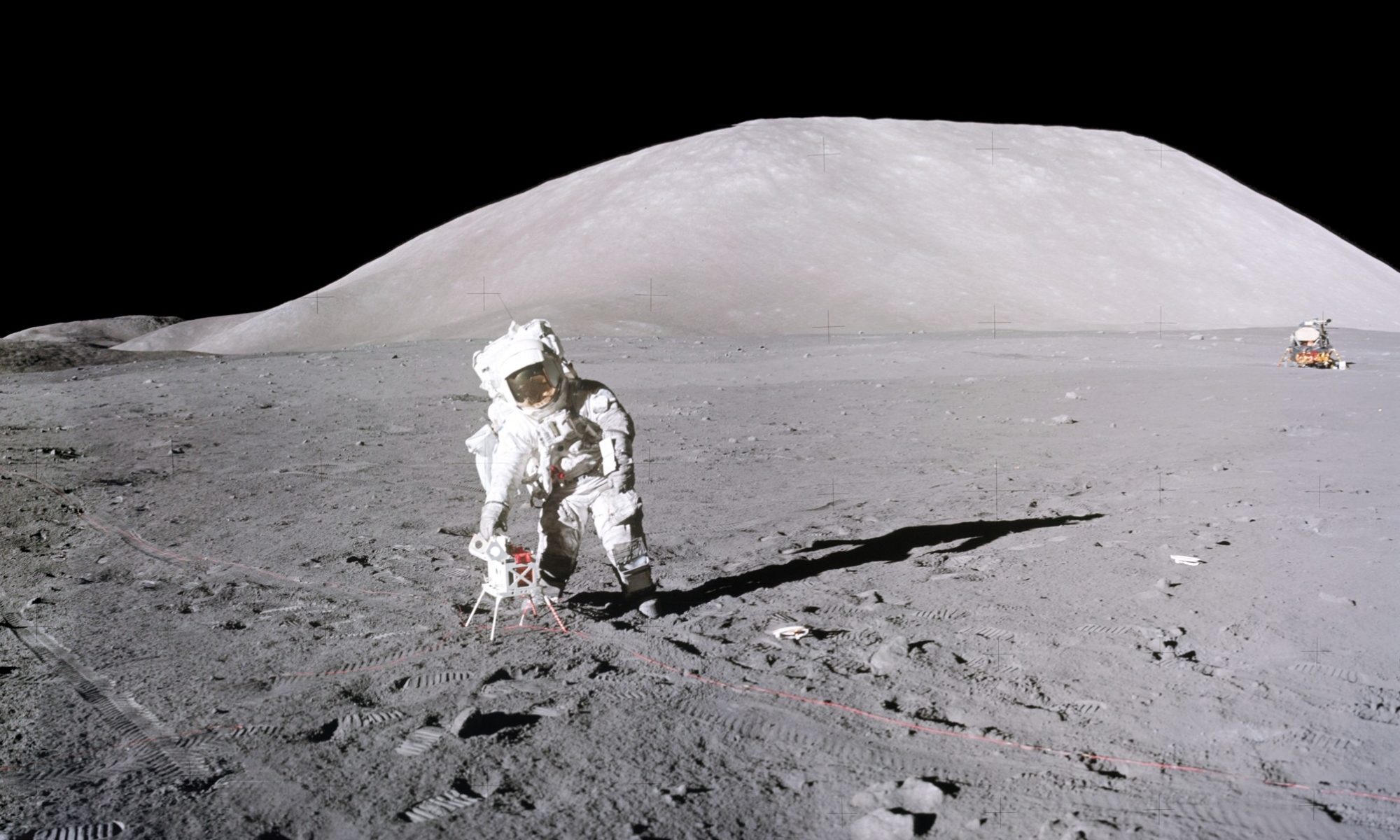General Thomas Stafford, Sept. 17, 1930 – March 18, 2024
 Apollo 10 Mission Commander Tom Stafford in a pre-launch photo with The A10 Saturn V in the background (NASA photo KSC-69PC-147).
Apollo 10 Mission Commander Tom Stafford in a pre-launch photo with The A10 Saturn V in the background (NASA photo KSC-69PC-147).
Tom Stafford’s passing is another milestone in the history of the United States’ early exploration of Space. His personal contributions to this remarkable period in history included four space flights, Gemini 6, Gemini 9, Apollo 10, and Apollo-Soyuz, the latter three of which he commanded.
I was still in Air Force T-38 jet pilot training during Stafford’s Gemini activities; however, as soon as the unique con-tributions of Apollo 8’s lunar orbit mission were complete in December 1968, I became deeply involved in his much more complex Apollo 10 mission.
With Apollo 8 safely back on Earth, Tom asked me if I would do Apollo 10’s lunar orbit flight planning as I had done for Frank Borman and Apollo 8. Apollo 10, scheduled for launch on May 17, 1969, was also planned to fly into lunar orbit, but in addition to test the independent operations of the Lunar Module up to but not including an actual landing. The 31 lunar orbits required to accomplish these objectives would test the limits of the “spiral” flight planning approach I developed for Apollo 8; however, it helped everyone to visualize the required, integrated events.
Early in the flight plan development, I realized that if Apollo 10’s launch day were delayed by one day to May 18, orbital trajectories would enable the crew to view and photograph two potential equatorial landing sites for Armstrong’s lunar landing, Apollo 11, in addition to the one observed by the Apollo 8 crew. This would then cover two potential recycling opportunities for that first attempt to land on the Moon, if Apollo 11 were targeted to the easternmost potential landing site closely examined by the Apollo 8 crew.
Tom immediately saw the value in this change of launch date and turned me loose to see if it would be acceptable to Apollo management. The primary impediment to the change would be the necessary major changes in Apollo 10 trajectory planning (“Data Pack”) that was initially geared to minor tweaks to the Apollo 8 plan.
The first major viewgraph briefing we had on the proposal was to Chris Kraft, Director of Flight Operations. In spite of all the other advantages we had identified, Kraft was skeptical at first, until his Chief of Recovery Operations, Jerry Hammock, jumped up and shouted, “all that and a daylight landing, too?” Remembering that Apollo 8 had splashed down in the Pacific in the early morning dark, Kraft endorsed taking the proposal forward to George Low, head of the Apollo Spacecraft Program Office and the final decision-maker on changes like this.
A few days later at about 9:00 pm, Tom and I were briefing Low in his office. Coincidentally, General Samuel Phillips, head of the Apollo Program Office at NASA Headquarters, also was present at the briefing, although he did not offer an opinion during the presentation. Low clearly was concerned about the need to revise the Data Pack, and Tom and I left the briefing convinced that we had failed in our efforts.
The next morning, however, a surprised Stafford called me to say the change in launch date was approved. I do not know for sure, but I think General Phillips persuaded Low to go for it. Nonetheless, the decision meant that Apollo 11 would land at Apollo 10’s targeted landing site that would become Tranquillity Base.
Tom also asked me to work to insure that a color TV camera was added to Apollo 10 instead of the low resolution, b&w camera that caused problems on Apollo 8. The addition of a Westinghouse color TV camera guaranteed that one would be taken to the lunar surface for Apollo 12 and the later missions, including a new RCA camera on the Lunar Roving Vehicle flown on Apollos 15-17.
 Frame grab from the Westinghouse color TV camera flown on Apollo 10 taken after Trans Earth Injection (TEI) as the Command Module was heading home. (Photo courtesy of Colin Mackellar).
Frame grab from the Westinghouse color TV camera flown on Apollo 10 taken after Trans Earth Injection (TEI) as the Command Module was heading home. (Photo courtesy of Colin Mackellar).
 The Apollo 10 Crew after splashdown addressing the crew of the U.S.S. Princeton on May 26, 1969. (left-to-right): Command Module Pilot John Young, Lunar Module Pilot Eugene Cernan, and Mission Commander Tom Stafford. (NASA photo S69-20549).
The Apollo 10 Crew after splashdown addressing the crew of the U.S.S. Princeton on May 26, 1969. (left-to-right): Command Module Pilot John Young, Lunar Module Pilot Eugene Cernan, and Mission Commander Tom Stafford. (NASA photo S69-20549).
Tom Stafford’s post-NASA career as Commander of Edwards Air Force Base and head of Research & Development is legendary throughout the Air Force. Through the years Tom Stafford and I continued to discuss NASA-related issues, many related to his service as Chair of many of NASA’s advisory committees, including the Aerospace Safety Advisory Panel.
 An Apollo panel hosted at Kennedy Space Center on July 21, 2018. (left-to-right): Apollo 17 Astronaut Harrison H. Schmitt, Apollo 9 Astronaut Rusty Schweikert, Apollo Flight Director Gerry Griffin, Apollo 10 Astronaut Tom Stafford, and Apollo 7 Astronaut Walt Cunningham. (photo by Cat Vinton).
An Apollo panel hosted at Kennedy Space Center on July 21, 2018. (left-to-right): Apollo 17 Astronaut Harrison H. Schmitt, Apollo 9 Astronaut Rusty Schweikert, Apollo Flight Director Gerry Griffin, Apollo 10 Astronaut Tom Stafford, and Apollo 7 Astronaut Walt Cunningham. (photo by Cat Vinton).
Not many individuals have contributed to their country in such fundamental ways as General Thomas P. Stafford.
© 2024, Harrison H. Schmitt
